Fiona Cummins led a walk on the morning of Wednesday 14 September which started from the King William pub at Hailey. Overnight rain had cleared away, the sun came out and the temperature rose steadily. After a summer of drought, unsettled weather in the last few weeks had helped to turn the countryside from parched brown to green. While the walkers gathered, a Raven was heard. The walk started out up the track beside the pub, passing a hedge covered in Ivy blossom which had attracted large numbers of Ivy Bees. The next footpath turned off to the right and followed a wide conservation margin along the side of an arable field. The margin contained a wonderful collection of plants, including sky-blue Chicory, Wild Mignonette, Fool’s Parsley, Pale and Small Toadflax, Bladder and White Campion, Field Pansy, Field Madder, Fairy Flax, Bristly Ox-tongue and Dwarf Spurge. There were many Common Poppies, but a highlight of the walk was a single Prickly Poppy. Its flowers were small, orange rather than red, with non-overlapping petals and it had a long cylindrical bristly seed capsule. Butterfly sightings included a number of Small Whites, several Common Blues and a Small Heath. A flock of House Martins, together with a few Swallows, flew over the field and a female Kestrel perched on a power line at the bottom of the field.
The route then turned left up the lane past Wellplace Farm, continuing up the valley for about a kilometre before turning left again and following a footpath which climbed steeply up through a narrow strip of woodland. Bright red Black Bryony berries were seen on one side of the path and Wild Clematis draped the vegetation on the other side. A number of Nettle-leaved Bellflower plants were in flower beside the path. Further up, a fallen branch had a row of the tiny Collared Parachute Marasmius rotula fungi, with long dark spindly stems with paler tops and delicate pale caps with a dark central dot. Several Hairy Snails Trochulus hispidus were feeding on a sap run which was oozing from the trunk of a Beech tree. The footpath emerged from the trees and crossed a grassy field, where a few round white puffballs were just beginning to emerge. After going through a gateway, the route turned left onto a track which contoured round the hillside. Insects in the hedge on the sunny side of the road include Volucella inanis, a hornet-mimic hoverfly, a Comma butterfly and many honeybees on Ivy blossom. Occasionally the trees opened up on the left to give distant views over the Thames valley towards the Berkshire Downs.
The route continued through old Hazel coppice, followed a short stretch of track to the left, crossed a grassy field and passed through a gateway into BBOWT’s Warren Bank reserve. The reserve has three steep fields of sunny Chalk grassland. Flowers seen here included Small and Devil’s-bit Scabious, Autumn Gentian, Yellow-wort, Harebell, Dwarf Thistle, Wild Thyme, Carline Thistle and Common Bird’s-foot-trefoil. Also found was a chunky light brown fungus with its stem covered by an orange net-like pattern. It was identified as a Lurid Bolete, which grows in association with Common Rock-rose. On the walk out of the reserve, red berries and white-backed leaves on the ground betrayed the presence of a Whitebeam tree. The final stretch of the walk led down alongside a sunny hedgerow. Green-veined White butterflies were nectaring on Field Scabious flowers, a Red Admiral perched up on Ivy and Vervain was in flower. Most of the party then stayed for lunch in the sunshine in front of the King William, where a Brimstone butterfly was added to the species tally.
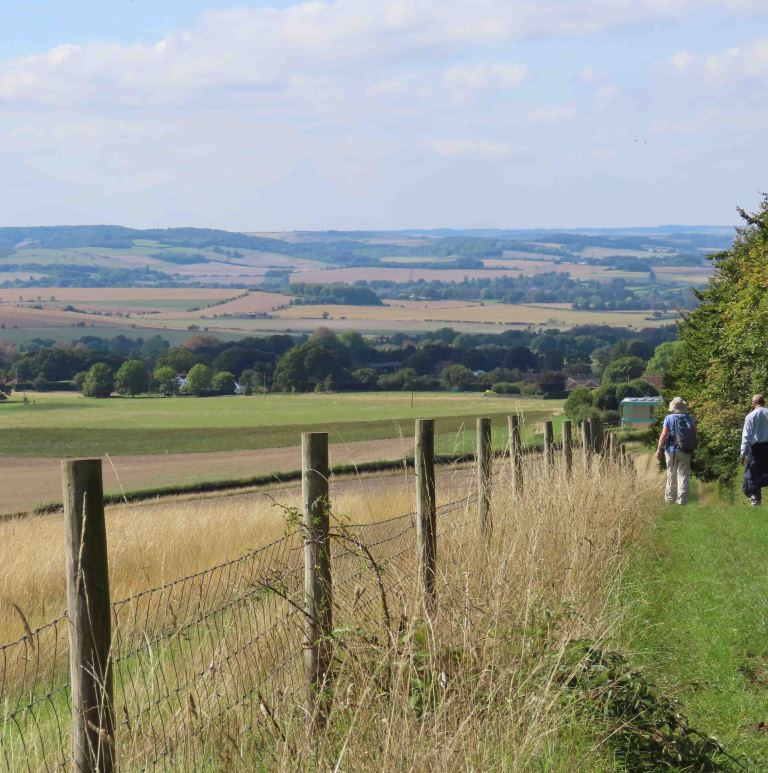
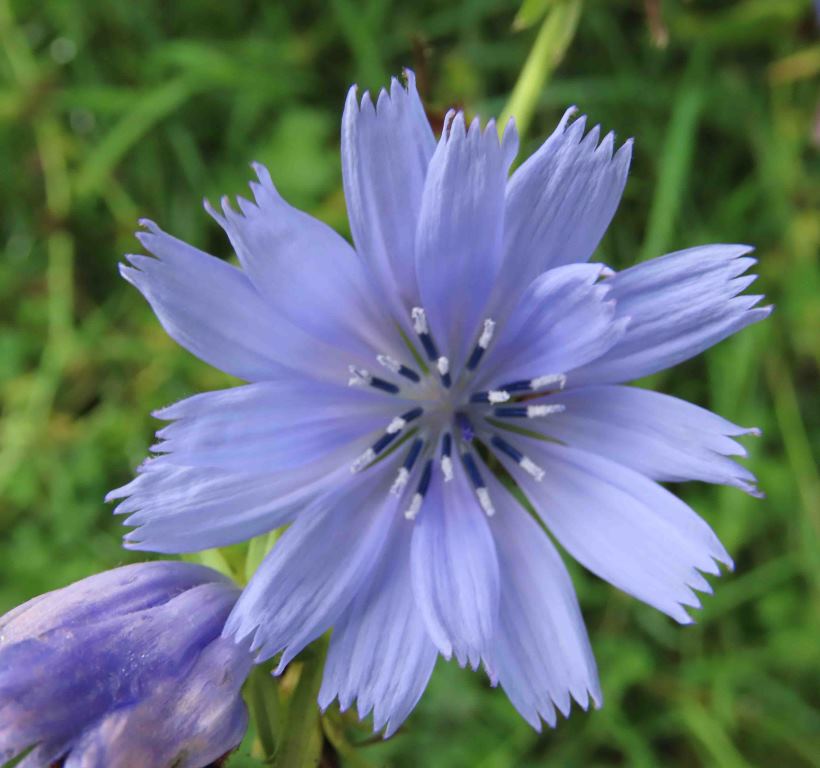
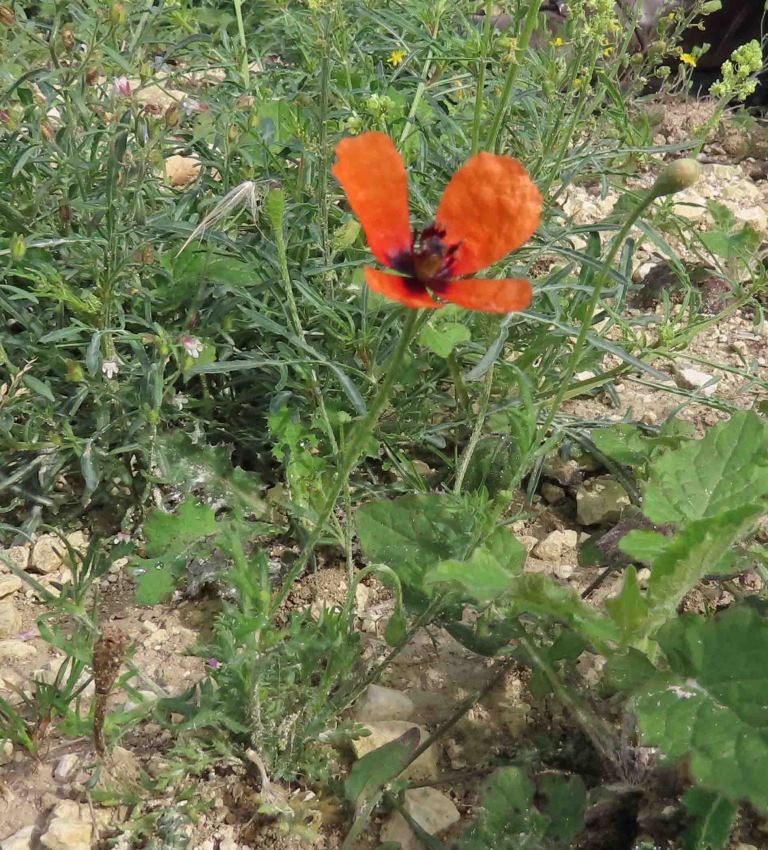
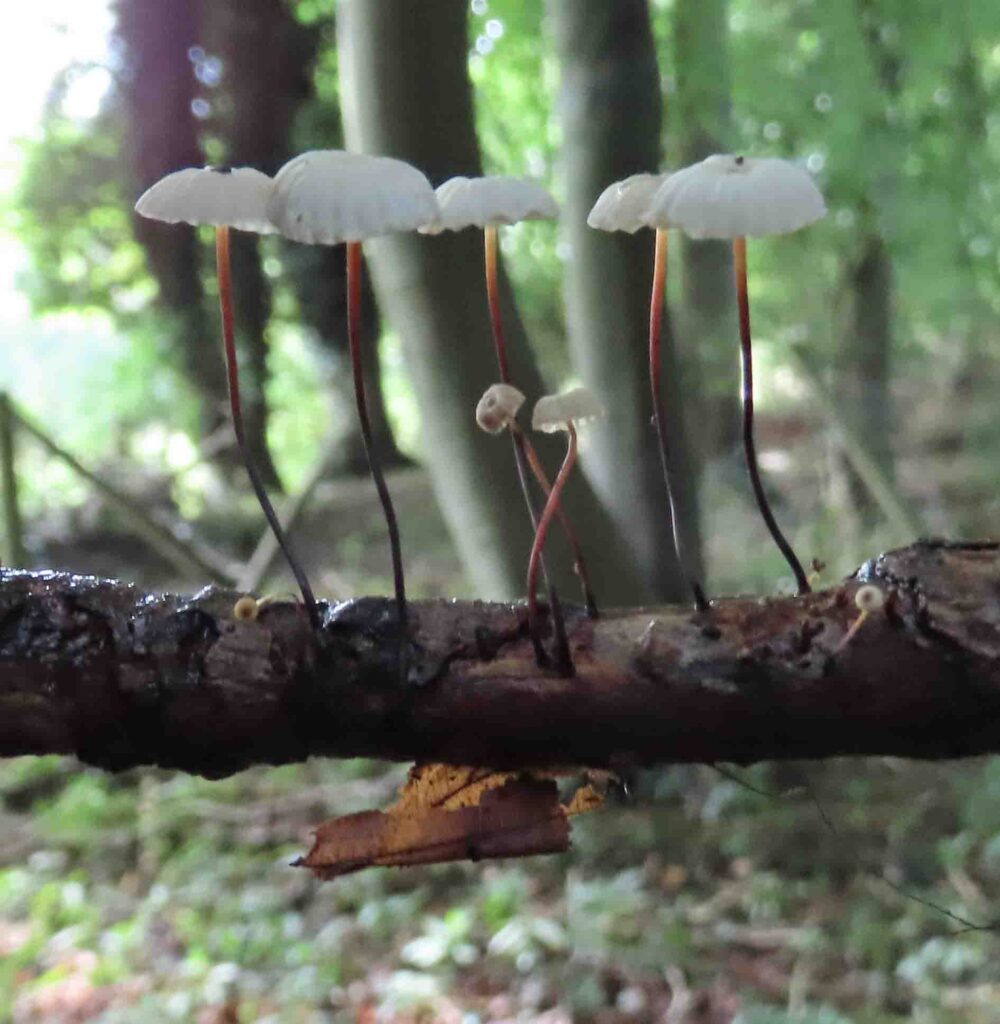
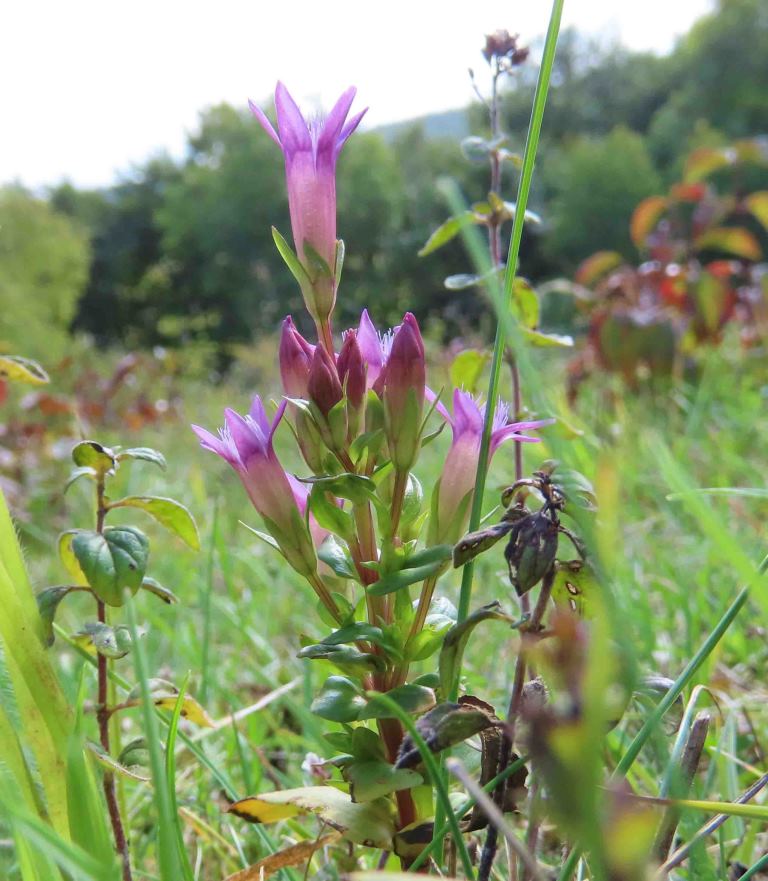
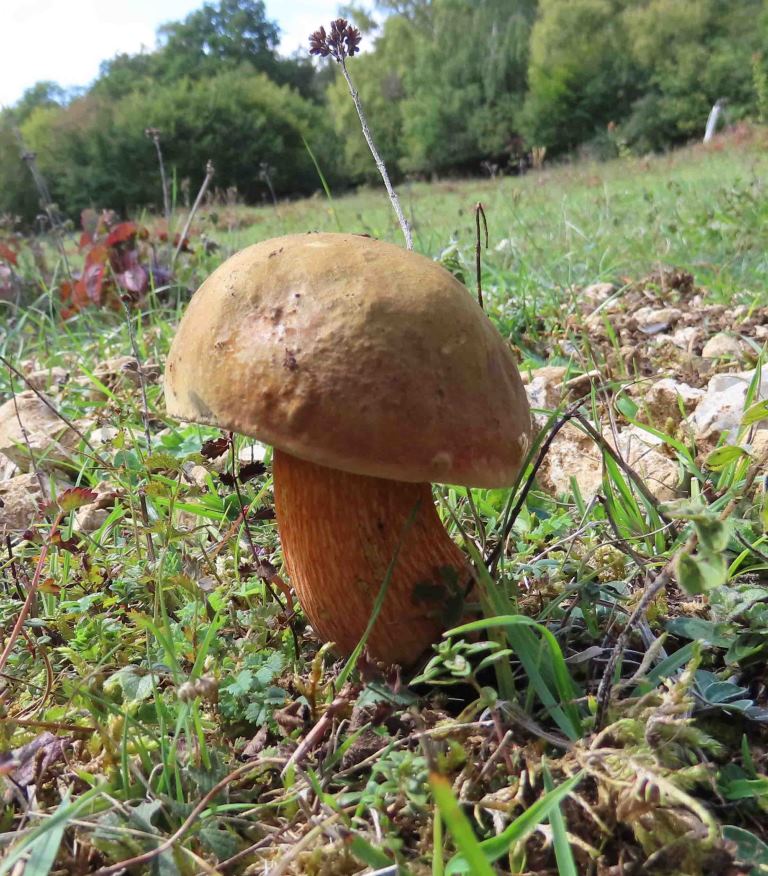
Pictures by Fiona Brown
